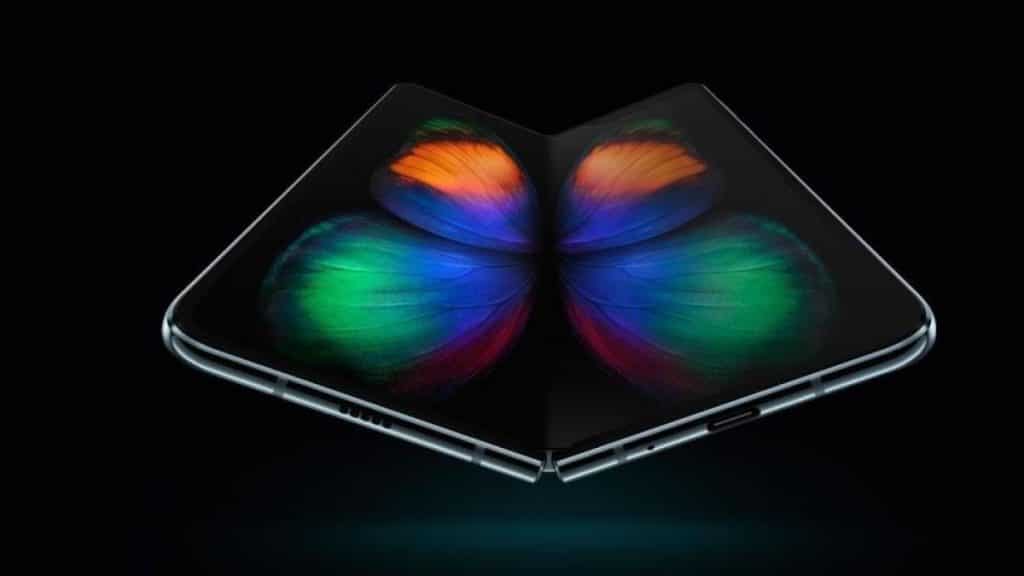Folding mobiles landed on the market in 2018 as the latest technology, from brands such as Samsung, Huawei or Xiaomi. However, not many firms have opted for the development of this type of design.
And it is that, according to many experts, what was presented as a new product category is not evolving with the expected results. The positions are opposed between those who believe that one day all smartphones will be like this and those who believe that it is just a passing fad.
What are the disadvantages of folding smartphones? Why don’t they convince everyone equally? Its viewing experience and increased productivity thanks to multitasking are among its main attractions. But its design features also pose certain drawbacks.
Main disadvantages of folding smartphones
Price according to the improvement?
There are many experts who analyze the new generations of folding mobiles without observing hardly any changes with respect to their predecessors. The price can be one of its main handicaps because they are usually high-end: they include the latest processors and RAM, among other advantages. But the innovation factor is not always well defined in the new models.
Less resistance to scratches and drops
Its greater fragility due to the greater exposure suffered by double screens, is another evidence according to users. Its crystals are made with up to ten ultra-thin layers that achieve great image quality. But that complexity results in less resistance to any impact.
They weigh more and are thicker
Its functionality when saving or carrying it is, without a doubt, less. The fact that they are foldable results in a greater thickness. And its weight is also usually due to the batteries they carry. These are larger capacity batteries to support all the extended features of the device.
According to Won-Joon Choi, executive vice president of Samsung’s flagship product R&D team and head of Samsung’s technology strategy team: “Our main goal is to really make it lighter,” says the manager. “We have to get to a point where the weight is very similar to the heaviest class of smartphone,” he admits, along with making it “much thinner, so that when folded it looks like a normal smartphone.”
The fold hinge
This continues to be one of the main sources of “pain” for engineers. This component must be very resistant to the passage of time, supporting continuous opening and closing.
The Korean company Samsung, according to its vice president, has taken four generations of foldables to achieve a hinge that is 90% lighter than the first. In addition, they have managed to reduce it with 60% fewer components. In addition to resistance, this crucial element must be thin, waterproof and resistant to the possible entry of dust and other particles.

Huawei Mate Xs
Huawei
Smaller footprint and higher battery consumption
When purchasing such a device, the user must also take these two factors into account. They have less space for the placement of cameras and consume much more battery than non-folding ones. Aggravating the classic handicap of conventional mobiles.
read also


